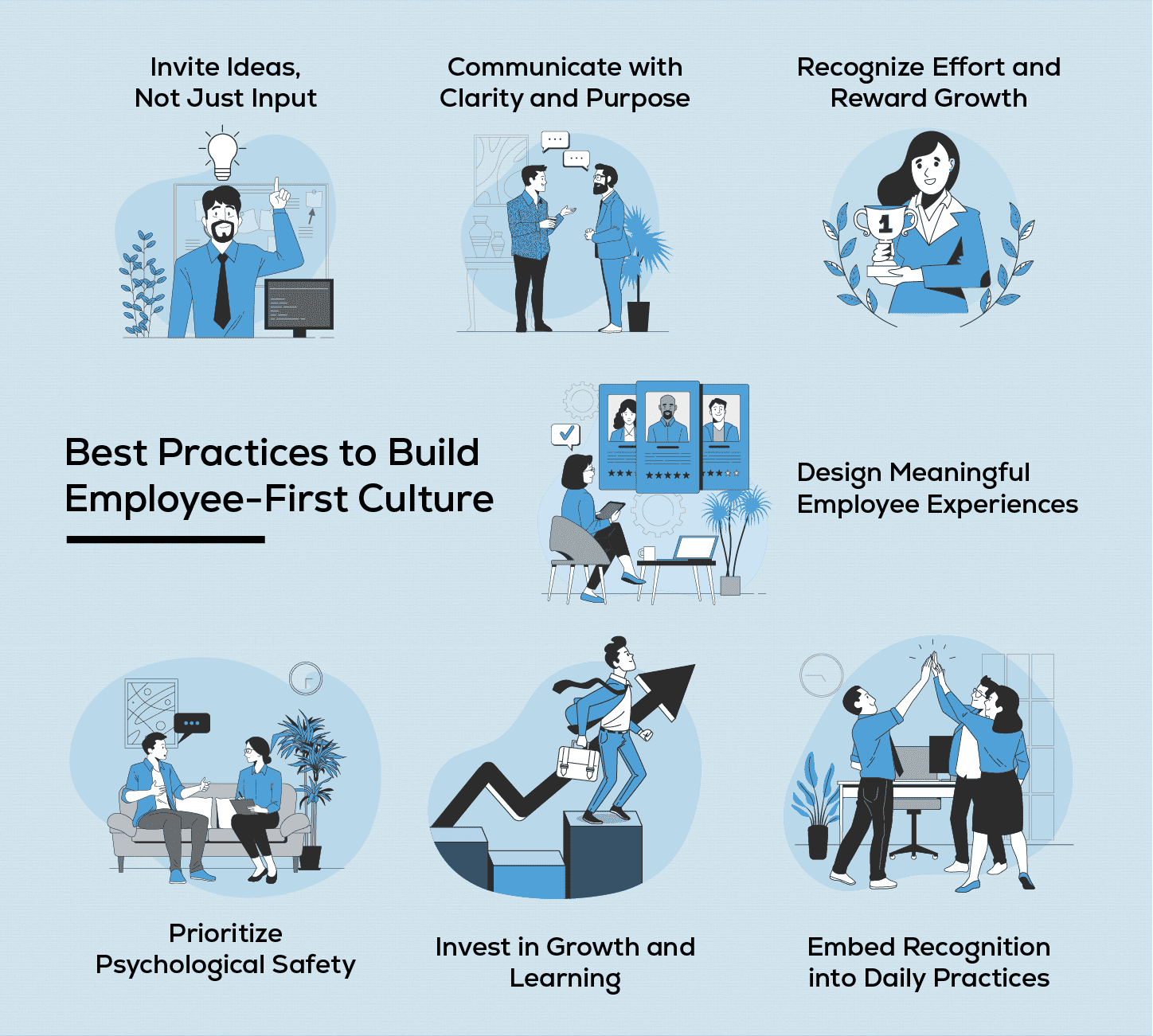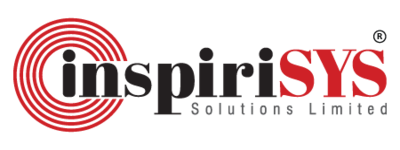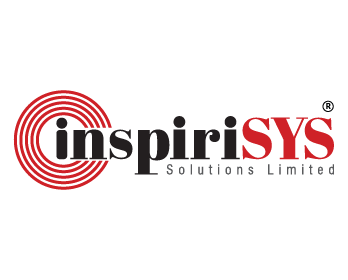Introduction
Employee-first culture is a strategic shift that organizations can no longer afford to ignore. Yet many businesses still grapple with disengaged employees, unclear values, and a disconnect between leadership intent and employee experience.
When people feel overlooked or undervalued, it affects more than morale. Productivity dips, retention suffers, and the culture becomes reactive instead of resilient. In a competitive market where every decision counts, these internal issues can quietly erode business performance.
To change this, companies need to create a workplace where employees are at the center of every decision. This article explores practical ways to build and sustain an employee-first culturewhere trust, transparency, and support aren’t just ideals, but daily actions. If you're looking to boost engagement, loyalty, and long-term growth, it starts here.
What is an Employee-First Culture?
An employee-first culture is a company-wide mindset that places people at the heart of every business decision. It’s a culture where individuals feel genuinely recognized and included—driving deeper commitment, stronger engagement, and a shared sense of purpose.
Rather than treating culture as an abstract idea or a branding exercise, employee-first organizations embed it into everyday interactions, leadership behaviour, and policies. Recognition becomes a practice, not a perk. Communication follows with purpose and creates a sense of belonging. The employee experience in turn becomes a powerful force behind business growth.
Furthermore, employees feel a deeper sense of belonging and purpose. They’re more engaged, less likely to seek external opportunities, and more inclined to collaborate and innovate. Over time, this translates into tangible business outcomes, higher retention, stronger performance, and a more resilient workforce.
Difference between Employee-First and People-Pleasing
While both approaches may appear supportive on the surface, they differ significantly in intent, consistency, and outcomes. An employee-first culture is grounded in trust, fairness, and long-term vision. People-pleasing, however, often focuses on immediate approval, which can come at the cost of clarity and accountability. Understanding the distinction helps leaders make decisions that are both empathetic and effective.
| Aspect | Employee-First Culture | People-Pleasing Approach |
|---|---|---|
| Intent | Built on purpose-driven decisions that benefit employees and business | Driven by the desire to avoid conflict or gain quick approval |
| Communication | Honest and constructive, even when it is difficult | Avoids discomfort, often vague or overly agreeable |
| Boundaries | Sets clear expectations and respects professional limits | Lacks consistency, blurs roles and responsibilities |
| Accountability | Encourages ownership, feedback, and growth | Tends to overlook underperformance to maintain harmony |
| Decision-making | Based on fairness, values, and long-term impact | Based on immediate reaction or perceived popularity |
| Cultural Impact | Builds trust, alignment, and sustained engagement | Leads to confusion, inefficiency, and weakened leadership credibility |
An employee-first culture doesn’t promise comfort at all times. Instead, it fosters a sense of stability and purpose where individuals can thrive, grow, and contribute meaningfully, without losing sight of what’s right for the organization.
Best Practices to Build Employee-First Culture

Driving an employee-first culture requires more than surface-level initiatives. It involves consistent effort to shape how employees are engaged, motivated, and appreciated across the organization. Here are four essential practices that form the foundation of a people-focused workplace.
1. Invite Ideas, Not Just Input
Belonging begins when organizations actively invite and value employees’ ideas, creating an open and inclusive environment. This approach leads to diverse thinking, faster problem-solving, and better outcomes. More importantly, it reinforces that employee perspectives matter and influence how the organization grows.
2. Communicate with Clarity and Purpose
Lack of communication often leads to confusion and mistrust. When organizations share not just decisions but also the reasons behind them, employees feel informed and involved. This transparency builds trust and helps employees stay aligned with the company’s goals, especially during times of change.
3. Recognize Effort and Reward Growth
Appreciation drives engagement. When employees receive consistent recognition for their contributions, it strengthens their motivation and connection to the workplace. Whether through informal feedback or structured reward programs, acknowledging hard work shows that performance is recognized and appreciated.
4. Design Meaningful Employee Experiences
Employee expectations have evolved. They now seek work environments that are as smooth and thoughtful as the digital services they use outside of work. From onboarding to internal platforms, every experience matters. Providing easy-to-use tools and responsive assistance reflects a workplace that recognizes its people and invests in their daily experience.
5. Prioritize Psychological Safety
Employees must feel safe to share ideas, raise concerns, or admit mistakes without fear. Psychological safety creates space for honest dialogue and mutual respect. Establishing clear norms around conflict resolution and feedback encourages open communication. When people feel heard and protected, collaboration and trust naturally follow.
6. Invest in Growth and Learning
Supporting continuous learning shows commitment to employee development. Offering upskilling, cross-skilling, and career pathing builds confidence and capability. When learning is integrated into performance goals, it reinforces that growth is part of the job. This approach improves retention and prepares employees for future roles.
7. Embed Recognition into Daily Practices
Recognition should be a regular part of work life, not a once-a-year event. Simple, timely appreciation from peers or managers boosts morale and motivation. Tying recognition to company principles gives it purpose. When employees feel seen for what matters, engagement deepens and team culture grows stronger.
Top Companies with Employee-First Culture
An employee-first mindset shows in how organizations operate every day. The following companies have built strong reputations by placing people at the center of their business, resulting in higher engagement, loyalty, and long-term success.
1. Google – Innovation Through Empowerment
Google’s culture advocates autonomy, creativity, and well-being. Initiatives like 20% personal project time, wellness programs, and campus-style benefits reflect its belief that when employees thrive, innovation follows naturally.
2. Netflix – Freedom with Responsibility
Netflix promotes a culture of trust by giving employees the autonomy to make decisions on their own. This model of flexibility, responsibility, and openness enables individuals to think and act like owners within the organization.
3. HubSpot – Flexibility and Growth
HubSpot prioritizes the development and well-being of its employees across all levels. Through flexible work policies, career development programs, and open communication practices, it nurtures both personal and professional progress.
4. Patagonia – Values-Driven Engagement
At Patagonia, purpose and people go hand in hand. Employees are actively engaged to participate in environmental activism, aligning work with values. This sense of shared mission reinforces commitment and deepens connection to the brand.
Impact of Employee-First Culture

An employee-first culture creates meaningful change—but to sustain it, organizations must track the right indicators. These measures offer insight into how well employee-first principles are being practiced and how they influence organizational outcomes.
Here's how the results show up:
1. Rise in Employee Engagement Levels
When engagement scores trend upward in surveys, it reflects that employees feel more connected to their work and purpose. This results in higher motivation, better collaboration, and stronger day-to-day performance.
2. Decline in Voluntary Attrition
Lower resignation rates suggest employees are choosing to stay longer with the company. This helps preserve institutional knowledge, reduce hiring costs, and maintain team continuity.
3. Actionable Employee Feedback
When employees consistently share feedback and suggestions, it signals psychological safety and trust in leadership. This ongoing input helps the organization identify gaps early and make informed improvements.
4. Increase in Quality and Output
Sustained improvements in productivity and work quality often indicate that employees are operating in an environment that strengthens focus, clarity, and ownership. This boosts team performance and business outcomes.
5. Surge in employee referrals
More internal referrals reflect employee satisfaction and confidence in the organization. This not only strengthens employer branding but also brings in talent that aligns well with the culture.
6. Growth in internal mobility
Increased internal mobility points to a culture that invests in employee growth. It improves morale, encourages loyalty, and builds a strong leadership pipeline from within.
7. Positive well-being indicators
Improvements in reported work-life balance, mental wellness, and stress levels show that employees are not just performing—they are thriving. This leads to healthier, more resilient teams.
8. Stronger customer satisfaction
When employees feel empowered, it translates to better service quality. Higher customer satisfaction and retention often reflect a workforce that is engaged and aligned with organizational values.



